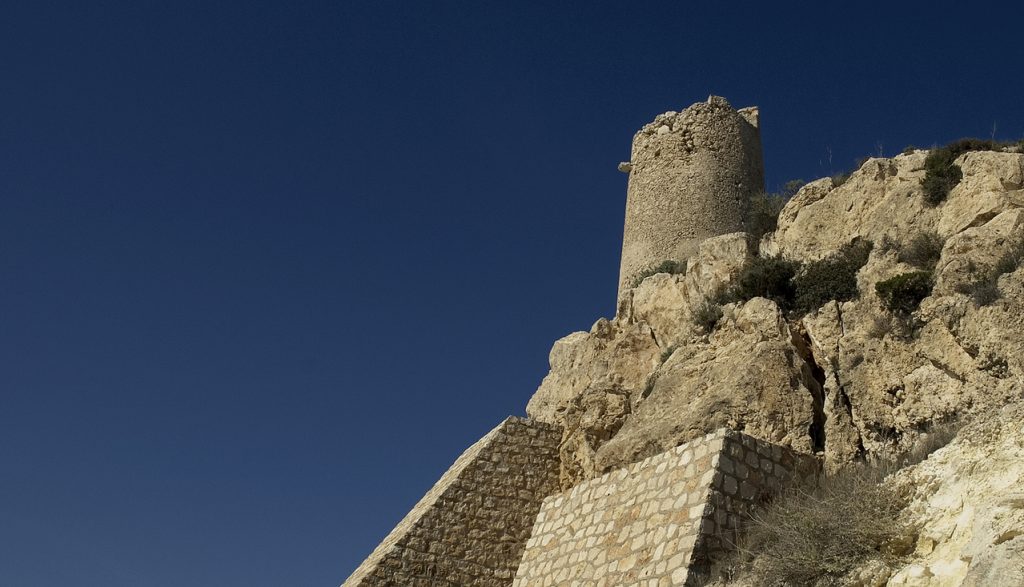 The topic of the exhibition is the spread of the Romanesque in Sardinia. Already in the eleventh century, still in the judicial phase, the territorial possessions granted to the monks, mainly Benedictines, soon saw the construction of numerous religious complexes. All Sardinia was old churches that still impose themselves for their artistic value and create an essential chapter in Sardinian history. The monuments that can be admired are generally accessible and usable at least from the outside, but their dislocation and the vast distances between them do not always allow a complete itinerary of the visit. The exhibition offers a trace of the Romanic journey with a series of significant examples both for their cultural and religious value.
The topic of the exhibition is the spread of the Romanesque in Sardinia. Already in the eleventh century, still in the judicial phase, the territorial possessions granted to the monks, mainly Benedictines, soon saw the construction of numerous religious complexes. All Sardinia was old churches that still impose themselves for their artistic value and create an essential chapter in Sardinian history. The monuments that can be admired are generally accessible and usable at least from the outside, but their dislocation and the vast distances between them do not always allow a complete itinerary of the visit. The exhibition offers a trace of the Romanic journey with a series of significant examples both for their cultural and religious value.
The old arch that sees the spread of the Romanesque in the Island is a crucial moment in Sardinian history. The quadripartition in Giudicati, arisen from the remains of the ancient Byzantine Empire, gave way to new political and commercial forces from the Italian peninsula, especially from the republics of Pisa and Genoa.
From the architecture of essential and straightforward structures, a different trend is born in the history of Sardinian art even when the builders arrive from overseas. The materials of the Plastico exhibited place and adaptation to the landscape make all the Romanesque churches of the island representative elements linked inextricably to the territory. The architectural model was reproducing the famous church of Santa Maria di Sibiola (Serdiana-CA), was built on a slightly reduced scale from the real for logistical reasons. The choice of the most representative portions of the building such as the round arch of an entrance, the hanging arches, the maiolica patera, the arches’ shutters, make this reproduction a clear example of Romanesque architecture.




